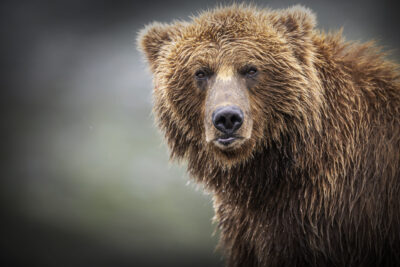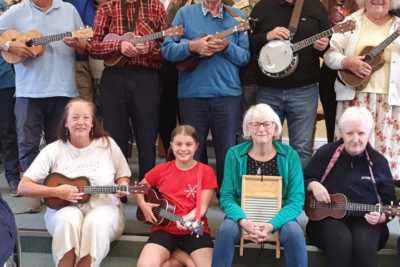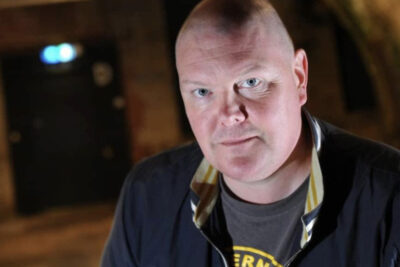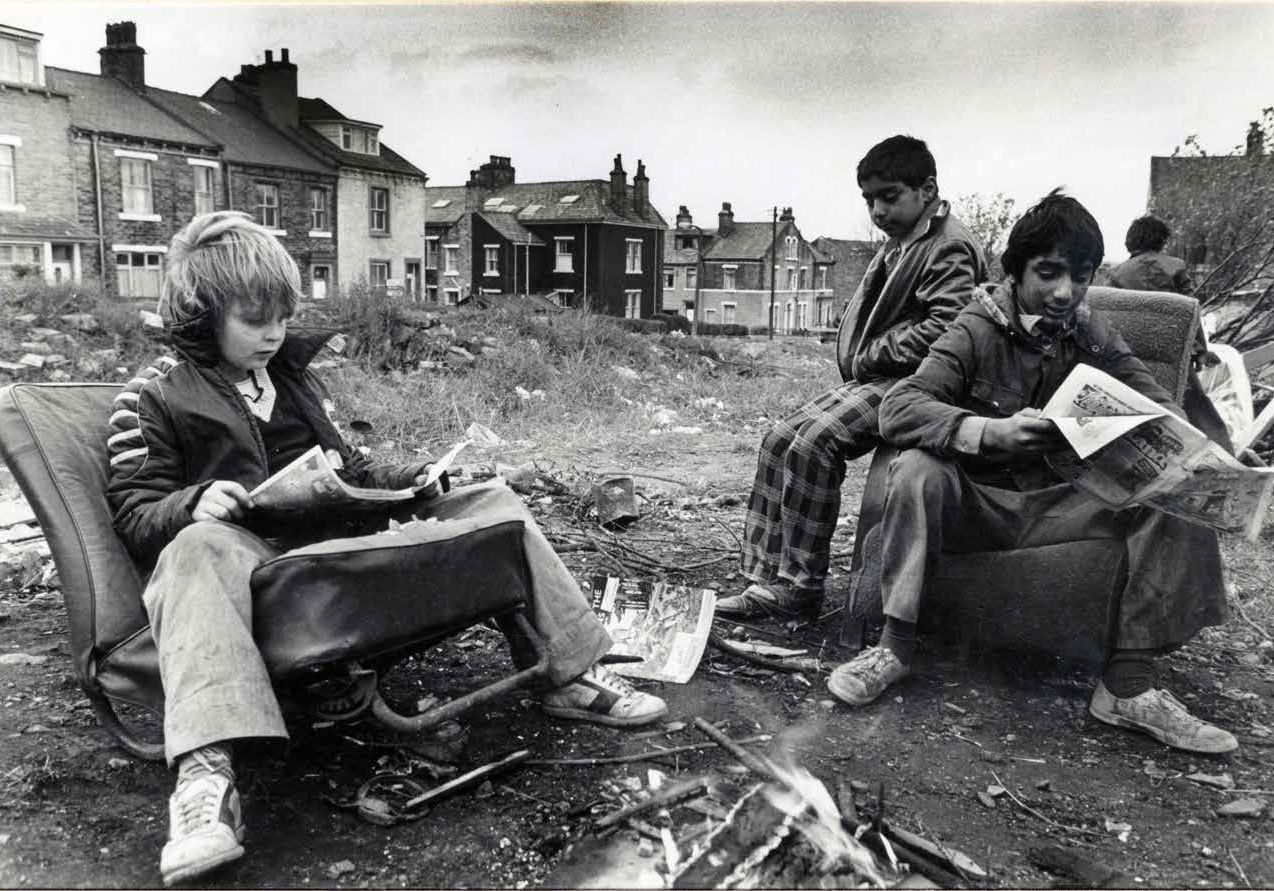
LIFE Through the Lens of Ian Beesley
by Andrew Liddle
ANDREW LIDDLE TALKS TO THE ACCLAIMED PHOTOGRAPHER ABOUT HIS LIFE AND WORK.
LIFE is the latest, largest and most comprehensive book brought out by a giant of social documentary photography whose work is held in countless national collections – such as The Royal Photographic Society, The Smithsonian Institute, Washington, and the National Museum of Labour, Helsinki.

Ian Beesley
It’s well-named because Ian Beesley’s black and white photographs radiate life – and it is a retrospective of his life, times, and work over a 40-year period. It’s clear from these three hundred or so studies, many of them appearing for the first time, that he approached photography with an artist’s eye for truth and found a certain beauty, no matter how grim the subject.
They never fail to lift the spirit or capture the sense of place and time. He took them without pigment long after saturated technicolour had come in. The compassionate observation of his lens needed no bright tints to capture the sombre world he was documenting. He was recording the North as it was without any form of nostalgia. “I had to be an observer, seeing things in their period, showing what was happening,” he explains, discussing the candid camera role of the social documentary artist.
“I HAD TO BE AN OBSERVER, SEEING THINGS IN THEIR PERIOD, SHOWING WHAT WAS HAPPENING”
Now, with the passage of time, black and white seems exactly right as a medium to record the final years of the Industrial Age – and, maybe, serves as a metaphor for it. “Black and white is back in vogue,” he says with a twinkle. “If you wait long enough, everything comes around again.”
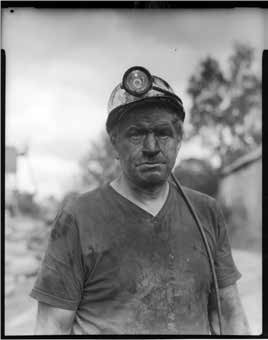
The Drift Faceworker
Many photographers now recognise that there is more gravitas and subtlety to be had, more light and shade found in the halftones. Ian confesses to another motive. “It was much cheaper. I couldn’t afford colour and was happy to use out-of-date stuff I could buy in five-metre rolls and cut down.”
On one of the few occasions he tried colour, neither he nor the miners photographed were pleased with the results. “It just seemed that black and white looked how it felt to work down a coal pit!”
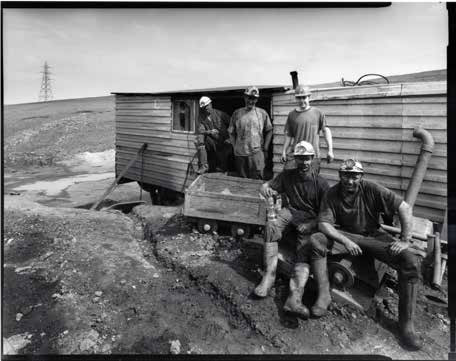
The last miners at Grime Bridge Colliery, Lancashire, 1984
Born in Bradford in 1954, he grew up in a changing urban and social landscape. Redundant mills were being pulled down, streets were demolished, and concrete buildings were going up. He felt a need to record it.
On leaving school after a “chequered history”, made to study the sciences when he was only interested in the arts, his first jobs were menial. He worked in a mill and hated it—foundry work he found more fierily spectacular. But the steam-driven sewage plant in Esholt, belonging to Bradford Corporation, proved fertile ground for his earliest photography. “People didn’t believe me when I told them what it was like, so I took pictures to prove it.”
It helped that his father was a keen amateur photographer, and there was a camera to hand.
Conscious that the only way “to break out of the cycle of unskilled work was through education,” Ian enrolled at the local College of Art, which was “a fantastic experience.” This was followed by a degree course at Bournemouth and Poole College of Art, where he had the distinction of winning a much-prized Kodak Scholarship for Social Documentation.

Bobbin Liggers, Black Dyke Mills, Queensbury, 1980s
His mission became “to document and interpret the demise of industrial society”. He felt the North had very largely been misrepresented and patronised by photographers. “The stereotypes which were supposed to represent it didn’t reflect my experiences,” he says, with feeling. “I wanted to show it as it was.”
His first exhibition in 1978 was, in many ways, the take-off point. “It was very well received,” he remembers, “and opened up access to other galleries.”
The qualities of Ian’s work, the acute sense of compassion mingled with discernible indignation against the class system which he “rubbed up against”, still burn bright in the man and inform all his work, in scores of projects, exhibitions and not least the books.
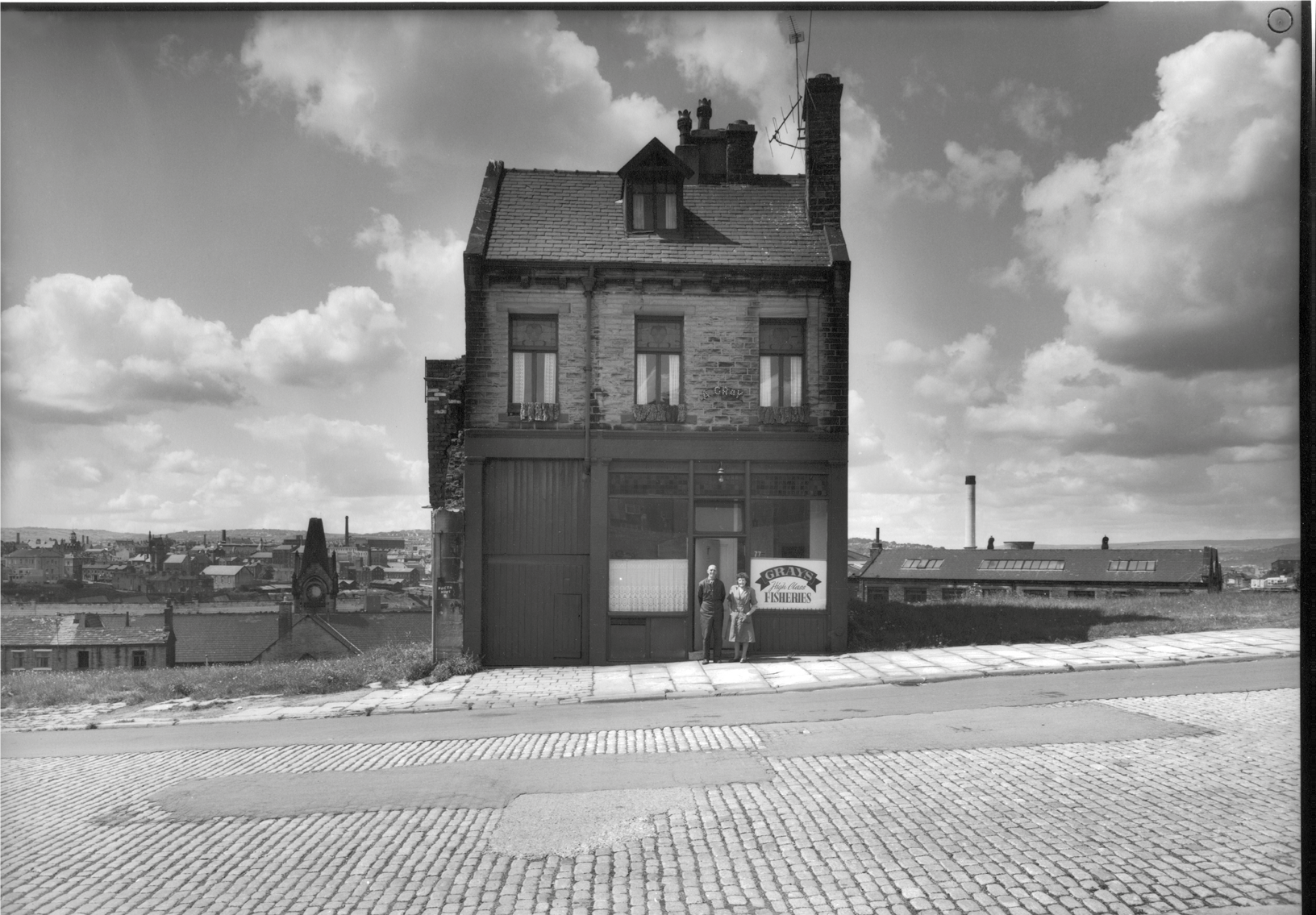
Grays Fisheries, Bradford, left standing during inner city slum clearance, 1977
If you had to choose just one of the thousands that most sum up his genius, it might well be the profoundly moving shot of a Bradford fish and chip shop. It has become internationally famous because it captures the end of a way of life to perfection. Gray’s Fisheries is caught at the eleventh hour, standing alone in the Wapping area, temporarily reprieved to serve the remnants of the community being re-housed in flats to make way for a ring road.
Ian’s subjects range in diversity from the towns and cities of the West Riding to local heavy industry, Victorian cemeteries, portraits of Burma World War 2 veterans, Bradford’s football and Rugby League teams, and Northern Soul clubs. The mere titles of exhibitions like The North-South Divide, Street Corners, and Light Satanic Mills give more than a flavour of his artistic scope and vision.
“People are usually amazed when I turn up for a shoot with one 35mm Leica camera and one lens.”
A plain-speaking Yorkshireman living on the Pennine moors in Saddleworth – which he still considers rightfully part of his native county – he wears his fame lightly as one of the very best and most influential documentary photographers. “People are usually amazed when I turn up for a shoot with one 35mm Leica camera and one lens.” He laughs at the thought. “They expect me to be like the rest with about five big cameras round their neck and loads of zoom lenses.”
Like many before him, however, Ian discovered that winning prizes and being acclaimed is no guarantee of financial security. There is little profit in photographic books, which are extremely expensive. Social documentation does not have the mass market appeal of picturesque panoramas.
For much of the last 20 years, Ian has combined photography with other work, as a freelance cameraman – travelling the world working on news programs, documentaries, and dramas – as a course leader at the University of Bolton, Associate Professor at the University of Central Lancashire, Preston, and as an artist in residence at several places.
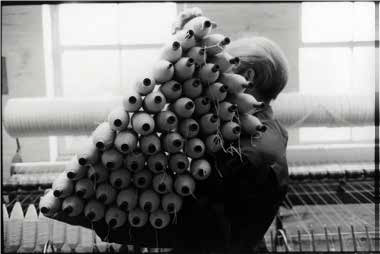
The Bobbin Doffer, Brackendale Spinning Co, Thackley, Bradford, 1986
Since 2013 he has been at Bradford Institute of Health Research, working on the Born In Bradford project to photograph twins annually, capturing their development over time. Since then, much of his visually stimulating work has involved health care, which he sees as connected in spirit to his earlier projects. “I only do things I think are worth doing and can help the community.”
To coincide with the release of LIFE, which is sympathetically augmented by poems by the great Barnsley bard, Ian McMillan, Ian has announced that his entire collection of photographs and negatives has now been entrusted to the keeping of the Bradford Industrial Museum.
Fittingly, his work will be housed and displayed in a converted Victorian mill that opened as a museum in the 1970s when Ian was beginning to document the loss of such places. “Everything about my work is connected,” Ian says.
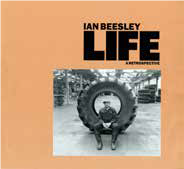
LIFE by Ian Beesley, published by Bluecoat Press.
NorthernLife July/August 23

